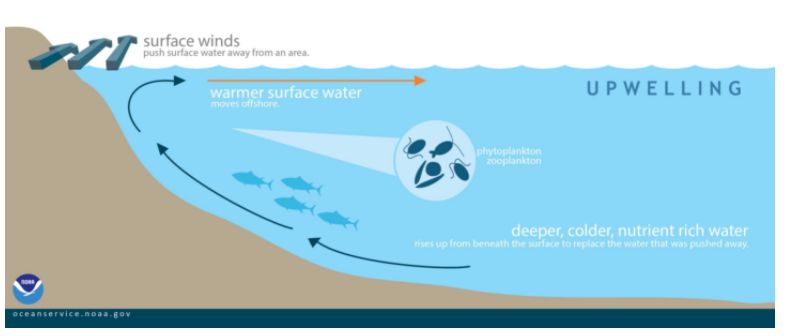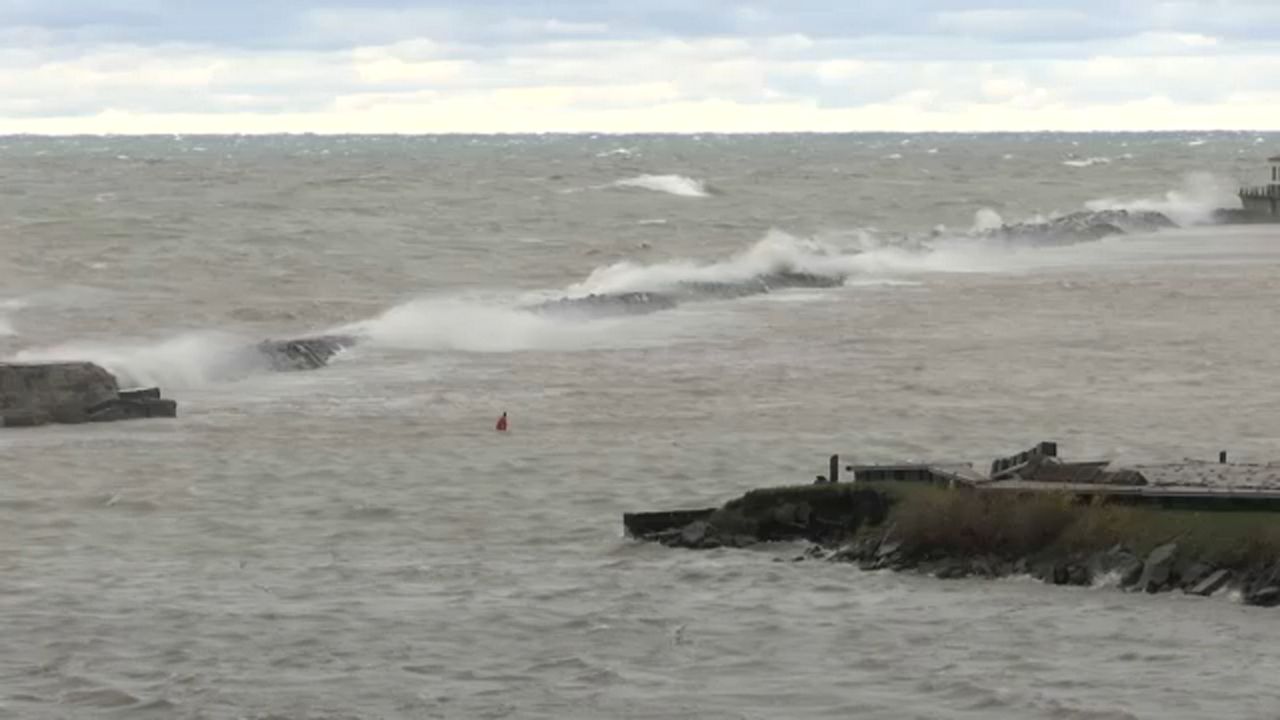As a meteorologist, I look at and study the weather every day. Part of making the forecast is looking at the Great Lakes around us.
Providing a forecast for the lakes is equally as challenging as for the cities around them. Just like how people are curious about the temperature of the air, they’re also curious about the temperature of the water.
Lake Erie’s water temperature moves up and down, but its changes are easier to forecast than Lake Ontario.
One of the reasons for that is because Lake Erie is shallow. At its deepest location, Erie has a depth of 62 feet vs. Lake Ontario's depth of 286 feet! Another reason is because Lake Ontario goes through a process called upwelling.
According to the National Oceanic and Atmospheric Administration (NOAA), upwelling is a process in which deep, cold water rises toward the surface.
The reason has nothing to do with the water itself but everything to do with the wind. Although locally we see this on Lake Ontario, this process also happens in oceans.
When strong winds blow over the surface of the water, it moves what water is there. The water underneath rises and takes the place of the displaced water. That process can cause a 20 to 30-degree change in water temperature in the course of a few hours.
Over Lake Ontario, this typically happens when we have a strong offshore north wind or winds moving from south to north.

Boaters and swimmers do not like cooler water temperatures for obvious reasons. It takes the fun out of jumping in the water when it’s a balmy 40 degrees.
On the other hand, when upwelling occurs, fishers love it! That’s because the cooler, deeper water is usually rich in nutrients, and the nutrients bring the fish!
Have you ever been out on the water and experienced an upwelling event? Let me know using my social media platforms listed here.
Meteorologist Kaylee Wendt on Facebook, Instagram, and Twitter!









